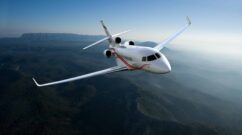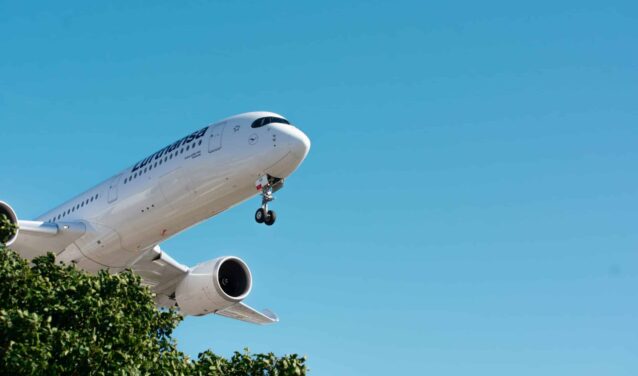Aviation is a constantly evolving industry. But it also faces many challenges, particularly in terms of environmental impact. Greenhouse gas emissions from aviation are a key factor in climate change. That is why the International Civil Aviation Organization (ICAO) has set an ambitious target for the sector. The goal is for the aviation sector to achieve zero CO2 emissions by 2050.
AEROAFFAIRES presents the action plan to achieve the goal set by ICAO for aviation: zero CO2 emissions by 2050.
What is ICAO?
ICAO is the International Civil Aviation Organization. This organization is responsible for the regulation and standardization of civil aviation. ICAO has become aware of the need to reduce greenhouse gas emissions from aviation. Thus, the organization has developed an action plan to achieve the goal of zero CO2 emissions by 2050.
What are the ICAO measures for a 0 CO² emission in 2050?
The ICAO action plan includes a number of measures. They aim to reduce greenhouse gas emissions from the aviation sector. It is estimated that the investment to achieve this is 1,550 billion dollars. The agreement was signed on October 7, 2022 by 193 representatives of countries agreeing to participate in the common efforts and support the Paris agreements that provide to fight global warming. Learn about the measures to achieve this.
Increased use of sustainable fuels SAF:
ICAO encourages airlines to use sustainable fuels, SAF, to reduce greenhouse gas emissions. Sustainable fuels include fuels produced from plants, waste and other renewable sources. SAFs appear to be an effective solution for reducing greenhouse gases (by 80%). However, they are still difficult for airlines to access. The objective in the coming years will be to make them more accessible and affordable. In 2023, AEROAFFAIRES’ objective is to work hand in hand with airlines and systematically offer its customers aircraft using this type of fuel.
Energy efficiency improvements:
ICAO encourages airlines to improve the energy efficiency of their aircraft by using more advanced and energy-efficient technologies. Thus, aircraft manufacturers aim to reduce the carbon emissions of future aircraft through several processes:
- developing and investing in the development of electric aircraft and hydrogen
- improving aircraft design to improve aerodynamics
- lightening what can be lightened: engines, battery weight, for example
- developing hybrid propulsion
Promoting green airports:
ICAO encourages airports to adopt sustainable practices. This, in order to reduce their environmental impact, especially in terms of greenhouse gas emissions. EDEIS Aéroport and Vinci Aéroport have understood this objective and are working daily to improve airport structures in terms of ecological performance and carbon emissions.
Participation in carbon offset programs:
ICAO encourages airlines to participate in carbon offset programs. AEROAFFAIRES is the first airline broker to partner with ECO-TREE. AEROAFFAIRES offers its customers the opportunity to invest in French forests when they book their private jet flight.
2050: all players in the aviation sector on the road to greener aviation
Achieving ICAO’s 2050 zero CO2 emissions goal will only be possible if airlines, airports and governments work together to implement the necessary measures. However, it is important to note that this goal can only be achieved if the necessary technologies are developed and implemented.






